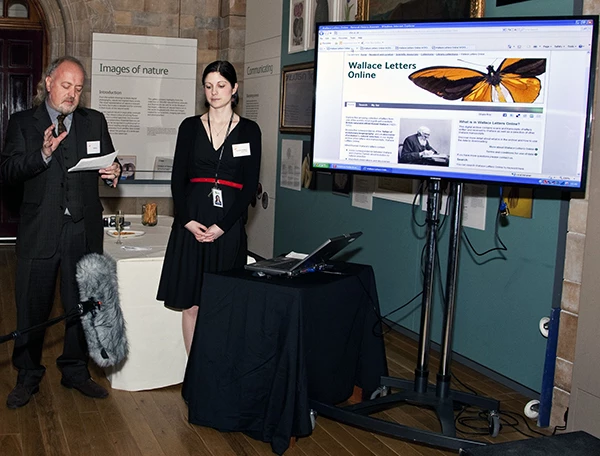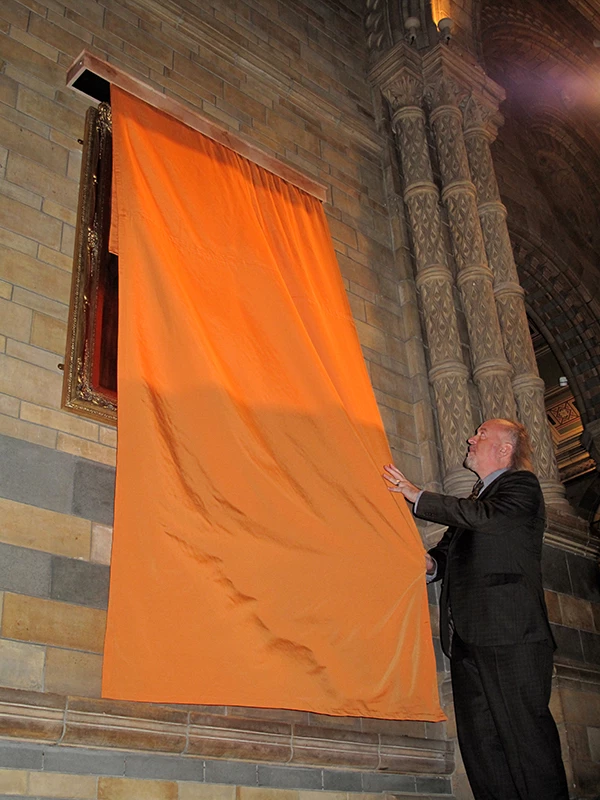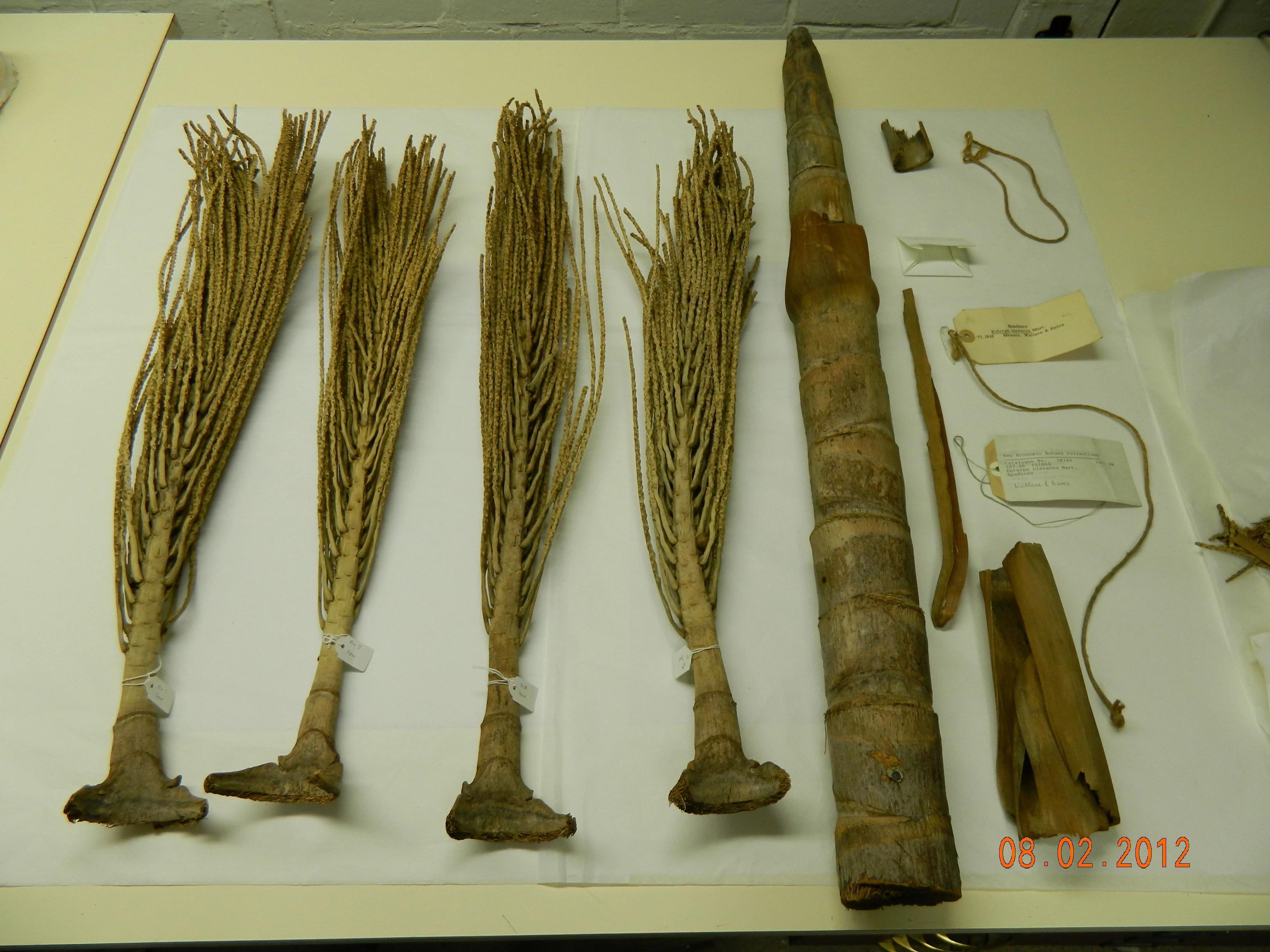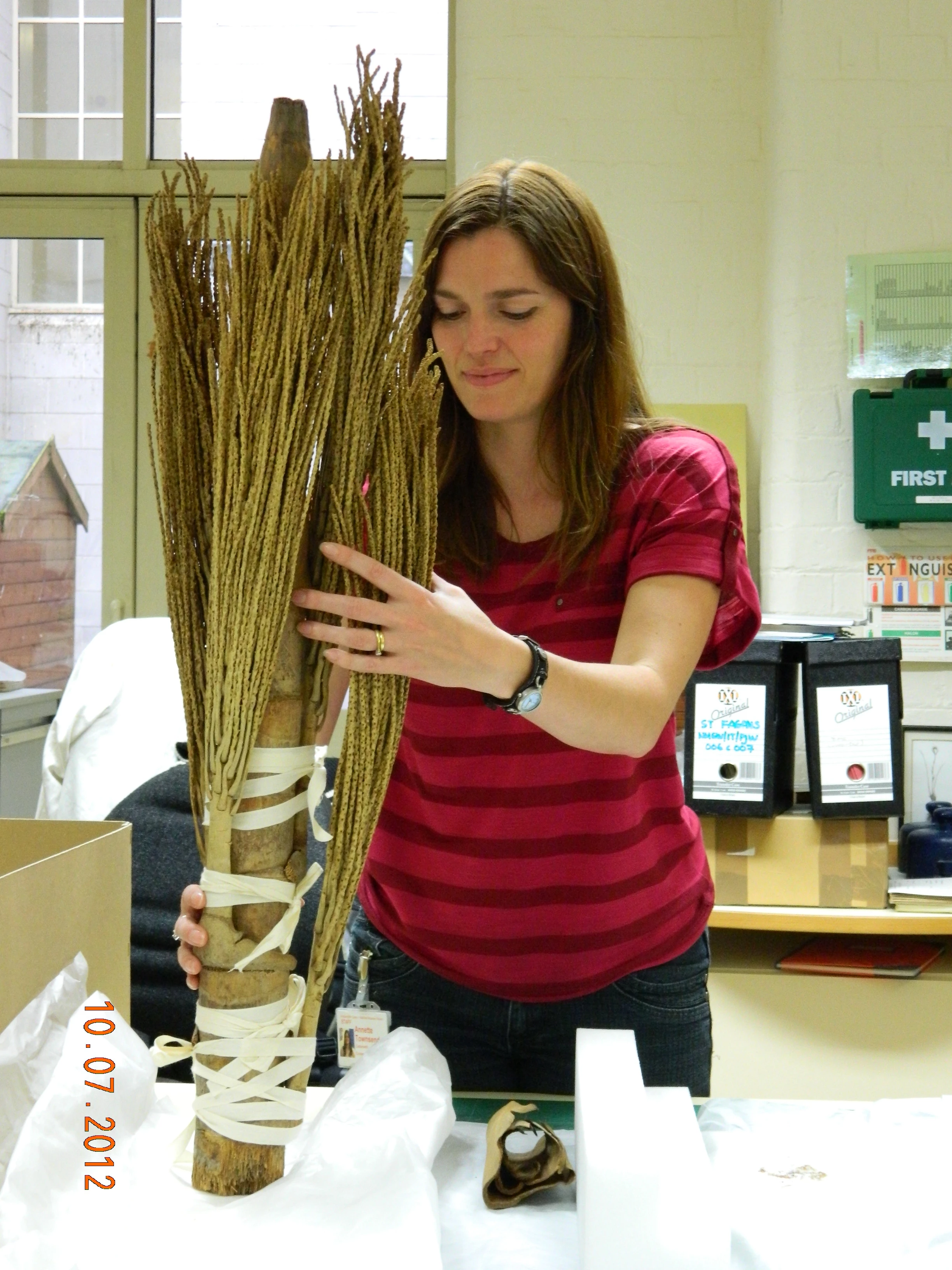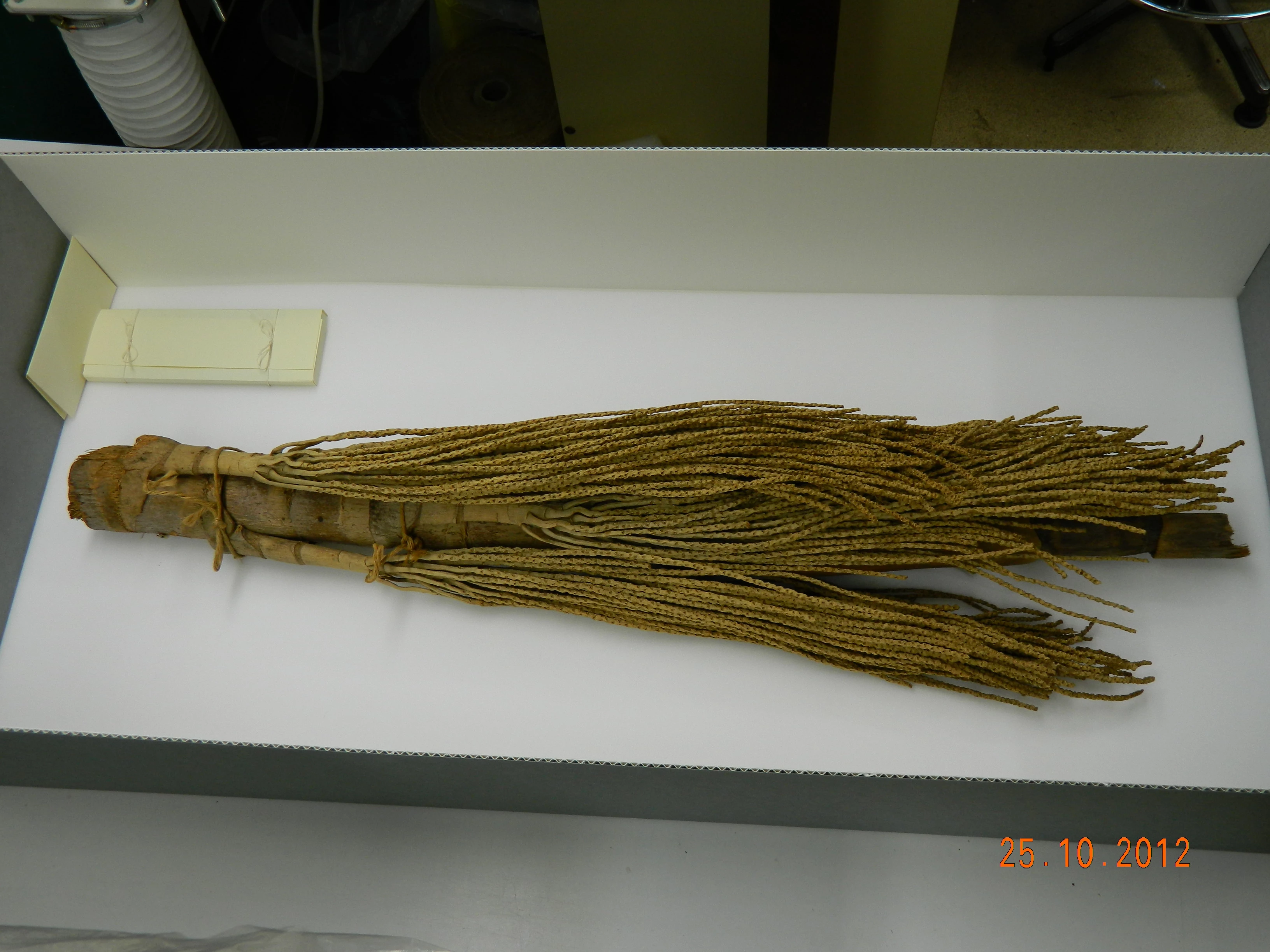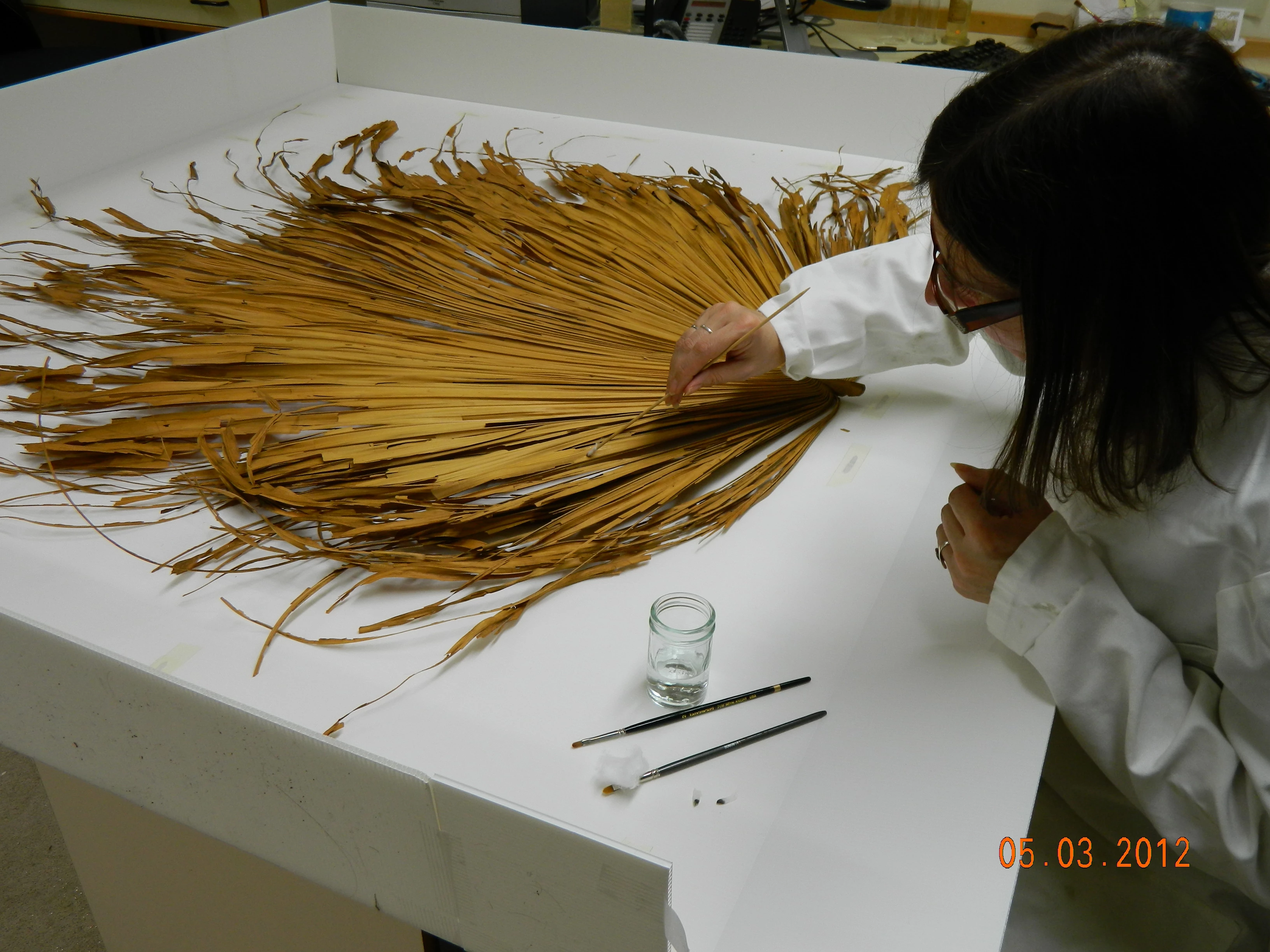: Casglwyr a Chasgliadau
A 13th Century guide to the heavens
, 5 Mehefin 2013
Ioannis de Sacro Bosco [c. 1195 –c. 1256] was a scholar, monk and astronomer [probably English] who taught at the University in Paris. In around 1230 he wrote this authoritative medieval astronomy text Tractatus de Sphaera [On the Sphere of the World]. It gives a readable account of the Ptolemaic universe[the universe according to the Hellenistic astronomer Claudius Ptolemaeus in the 2ndcentury AD] that went on to become required reading by students in all Western European universities for the next four centuries. Though principally about the heavens it contains a clear description of the earth as a sphere and its popularity shows the nineteenth-century opinion that medieval scholars after this date thought the Earth was flat as a fabrication [Wikipedia].
This copy [photographed here] is dated 1577 and forms part of our Vaynor Collection; this consists of a number of 16th and 17th century astronomical works, including several of the writings of Galileo. The collection was formed and donated by John Herbert James of Vaynor [which is just north of Merthyr Tydfil].
The condition of this book is excellent; the paper is bright and unmarked, robust to the touch and all the little volvelles [rotating paper wheel charts] still work perfectly.
It is bound in pure white vellum [calf skin] as are the majority of the Vaynor astronomical books which I always think gives them a very "celestial" look.
The launch of 'Wallace 100'
, 29 Ionawr 2013
On the evening of Thursday 24th January I was fortunate to be invited to the Natural History Museum in London. The event was for the unveiling of a portrait of the intrepid explorer and brilliant naturalist Alfred Russel Wallace by comedian and fellow naturalist Bill Bailey.
The painting was donated to the NaturalHistoryMuseum in 1923 to mark the 100th anniversary of Wallace's birth but was moved in 1971. It has now been restored and returned to its original position on the main stairs of the Central Hall, near to the Charles Darwin statue.
The unveiling of the painting also marked the official launch of Wallace100 and the Wallace Letters Online website, both of which are part of the celebrations for this year's centenary anniversary of Wallace's death.
Some famous names of the natural science world were in attendance at the launch including Sir David Attenborough, whose hand I got to shake!
A number of organisations in Wales, including Amgueddfa Cymru – National Museum Wales, will be joining the Wallace 100 celebrations. The museum is planning a number of activities and events to run alongside our exhibition planned for later this year. Keep an eye on our website for further information.
We have completed our work on the Wallace Palms!
, 29 Tachwedd 2012
Over recent months, botanical conservators Vicky Purewal and Annette Townsend have been carrying out painstaking work on a series of eleven historical palm specimens. They were collected around 1850 by the renowned British naturalist and explorer Alfred Russell Wallace (1823-1913) during his travels in the Amazon. Wallace is best known for his studies on evolution, which helped trigger the publication of Charles Darwin’s ground breaking research ‘Origin of Species’.
The Wallace palms reside at the Royal Botanic Gardens, Kew and the curators there requested that Vicky and Annette, who are specialist conservators in botanical collections at AC-NMW, carry out the necessary conservation work. The specimens are over 150 years old and had to endure adverse conditions in the hold of a ship, and then later to contend with soot and pollution from Battersea Power station. The palms were understandably very fragile and in need of plenty of careful cleaning, re-structuring and repackaging so that their true splendour could be appreciated by all. The palms have been re-housed in custom made boxes so that they can travel back to Kew safely and are also now fit for display.
You will be able to see the palms for yourself on display at AC-NMW in Oct 2013, as RBG Kew will be loaning some of the collection for our Wallace’s bicentenary exhibition and celebrations.
Describing new worms
, 21 Tachwedd 2012
cofnodion diweddar
Gweithdai Rhithwir Bylbiau'r Gwanwyn i Ysgolion
Cynhesrwydd y Gaeaf yn Amgueddfa Wlân Cymru: Lapiwch Eich Hun yn Hud y Gwlân
Blwyddyn eithriadol! Blwyddyn ers cau drysau'r Amgueddfa Lechi dros-dro ar gyfer ailddatblygu!
Lleisiau’r Amgueddfa: Penny Dacey – Cydlynydd Project Bylbiau'r Gwanwyn
categorïau
- Pob cofnod
- Addysg
- Ailddatblygu Llechi
- Amgueddfeydd, Arddangosfeydd a Digwyddiadau
- Blog y Siop
- Casgliadau ac Ymchwil
- Casglu Covid
- Crefftwyr Amgueddfa Wlân Cymru
- Cyffredinol
- Holiaduron y gorffennol a’r presennol
- Iechyd, Lles ag Amgueddfa Cymru
- Lleisiau’r Amgueddfa
- Rhyfel Byd Cyntaf
- Streic! 84-85 Strike!
- Ymgysylltu â'r Gymuned




